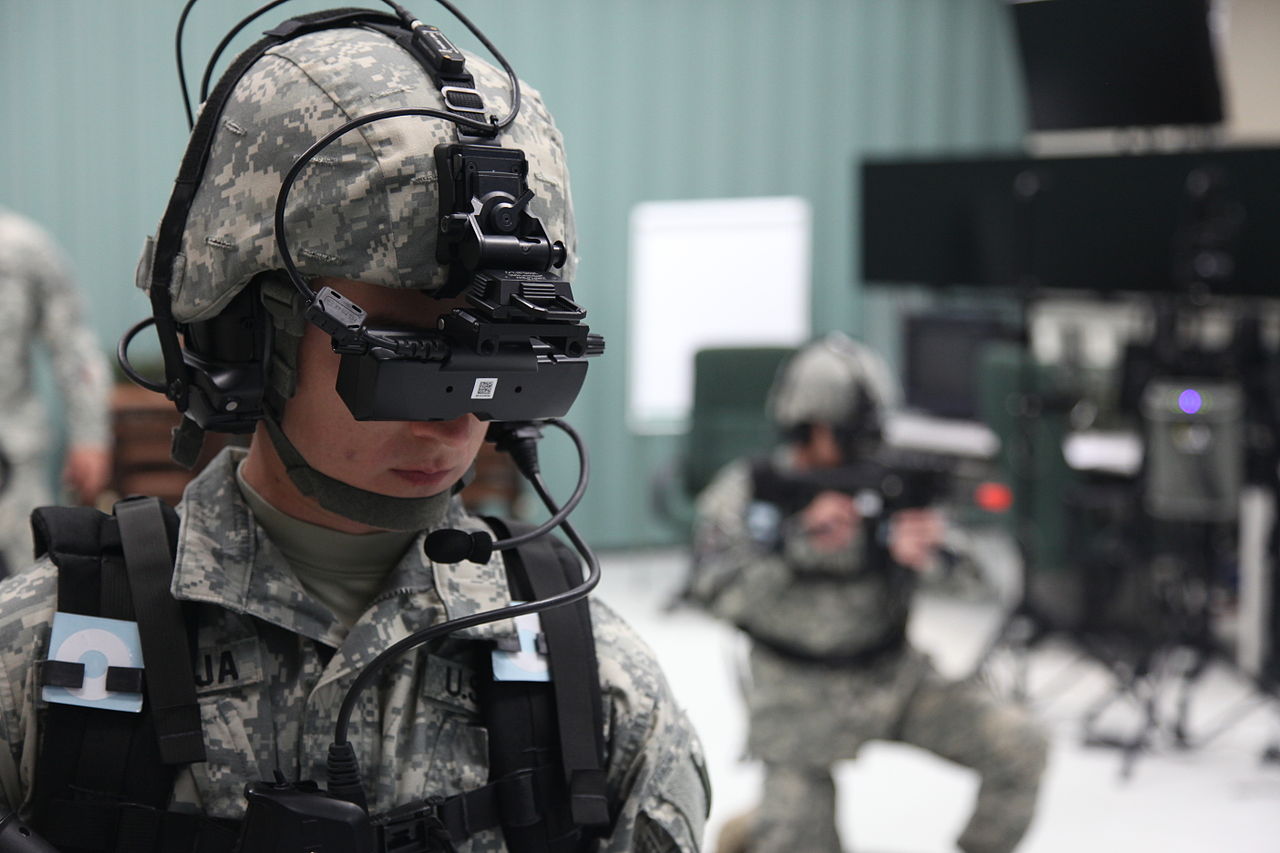This post is also available in:
 עברית (Hebrew)
עברית (Hebrew)
The US Army seeks new enabling technologies in augmented reality, mixed reality, and virtual reality for future Army simulation and mission rehearsal systems for its infantry units.
Safety, availability, and location can present challenges such as cost to transport troops, provision ranges, and collection of data. New mission rehearsal and training options may mitigate some of these challenges.
Taken together, virtual, augmented, and mixed reality are called extended reality.
A request for information for the Technologies for Mission Rehearsal and Training project
Simulation and mission rehearsal has been published recently. Virtual Reality (VR) is a computer-generated environment with scenes and objects that appear to be real to make users feel that they are immersed in their surroundings. Imagery and sounds go to the user through a virtual reality headset or helmet.
Augmented reality uses computer enhancement of the physical world, such as sound, still, images, video, and graphic overlays. Mixed reality blends physical and digital worlds, and enables users to interact with real and computer-generated objects and people.
The US Army is looking for the industry to get information on extended reality technologies that can help simulate or represent training and mission rehearsal elements such as environments; image and data fusion; deployment options; warfighters operating on foot or in vehicles; reconnaissance; chemical and biological detectors; uncrewed vehicles; after-action reports; and multiple perspectives.
Additional interests include communications in unclassified extended-reality environments; the ability to simulate real-world and custom-designed locations; the ability to create objects like cars, military vehicles, desks, chairs, and storage containers, as reported by militaryaerospace.com.


























